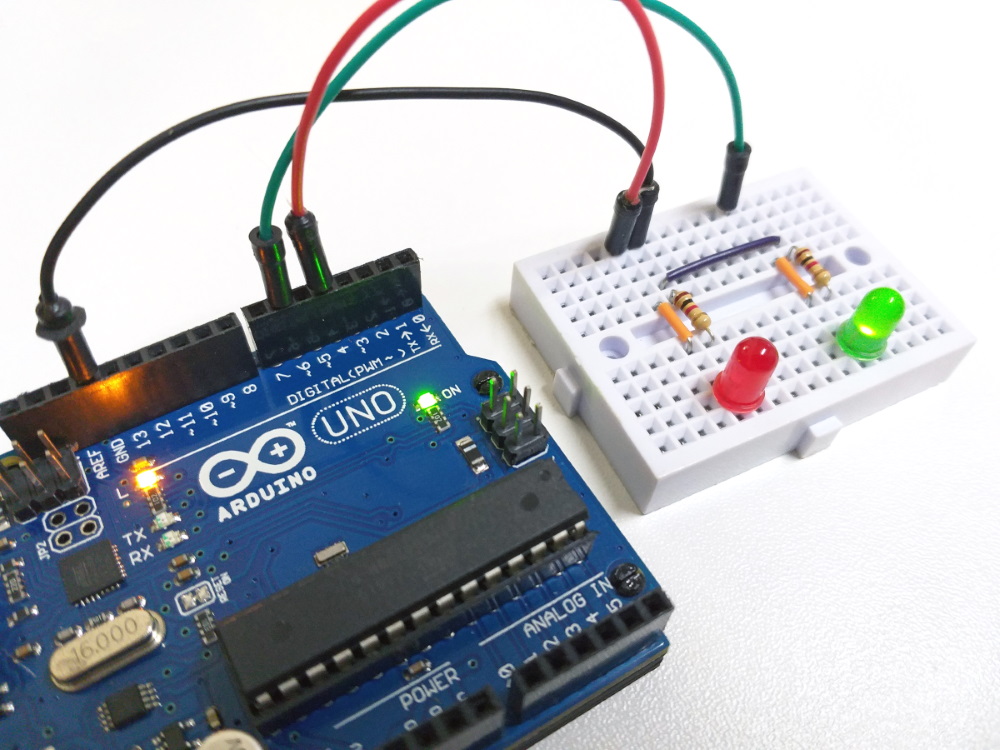

millis () should return the most recent value (from the most recent interrupt) and micros () will. They are functions, and micros () reads the hardware timer. Several arduino core functions utilize these timers, so you'll need to verify that the core functions you need don't depend on the timer you choose. That said, millis () and micros () should do nothing more than read variables, involve no waiting and should in fact assemble as macros, not functions, so should confer negligible penalty. Hopefully it isn't a problem to poll things more often than 4 times a second, which gets you away from interrupts. 262 seconds of counting before your program needs to put the data into a bigger variable (assuming you care). double dfreq const double refclk31376. So, with the pre-scaler set as above, that gives you about 65536 * 4E-6 =. int programexectime 6 //monitor how quickly the interrupt trigger int ISRexectime 7 //monitor how long the interrupt takes. Time *= 4 // this multiplies time by 4 to give you us.Īs mentioned earlier, TCNT1 wraps around at 0xFFFF = 65536. Time = TCNT1 // this reads the timer count register 1 Like SemperIdem March 13, 2023, 3:00pm 3 windmill8bit: delay () might not work because it might be tied to millis () in some way. Before an interrupt handler begins AVR hardware disables interrupts. The value of millis () don't change (don't increment) during the interrupt routine, but you can read it current value.
#ARDUINO MILLIS INSIDE INTERRUPT CODE#
To check the time: long time // declared somewhere in scope. interrupt handler as explained in an examination of the arduino millis function webpage. Using millis() to decide when to make the only call to this code in a single 'wrap' of millis (a specific 49. This starts the timer and sets it to use a clock/64 prescale, which equates to 1 tic every 4us. This puts the timer in "normal" mode, meaning it just runs to 0xFFFF and wraps back to 0x0000. To set it up directly (this obliterates code portability) there are a couple steps. I dont know any problem between interrupt and serial.print. You can create global variables to use outside of interrupt. For example, on the Leonardo Timer 1 is a 16 bit timer. Yes, measure the time between raising and falling then between falling and rising after you will have the time between two raising. Since delay() requires interrupts to work, it will not work if called inside. I looked for the alternative with millis(), but that doesn't work either.You could use one of the other hardware timers millis() relies on interrupts to count, so it will never increment inside an ISR. As far as I understand, delay() is not used in an interrupt. So, I started with this sketch.Īt the base I started with an interrupt routine, on a button that will turn On/Off something.įor On, I would like to call a function that makes an LED fade (I'm tired of seeing examples with interrupts that only turn on and off an LED). The millis(), micros(), and delay() functions all depend on interrupts themselves, so they wont work inside of an interrupt service routine. You should declare as volatile any variables that you modify within the attached function.

#ARDUINO MILLIS INSIDE INTERRUPT SERIAL#
Serial data received while in the function may be lost.


Hi! I want to get to a project with a dc/stepper motor, but until then I still have a lot to do. Inside the attached function, delay() won’t work and the value returned by millis() will not increment.


 0 kommentar(er)
0 kommentar(er)
